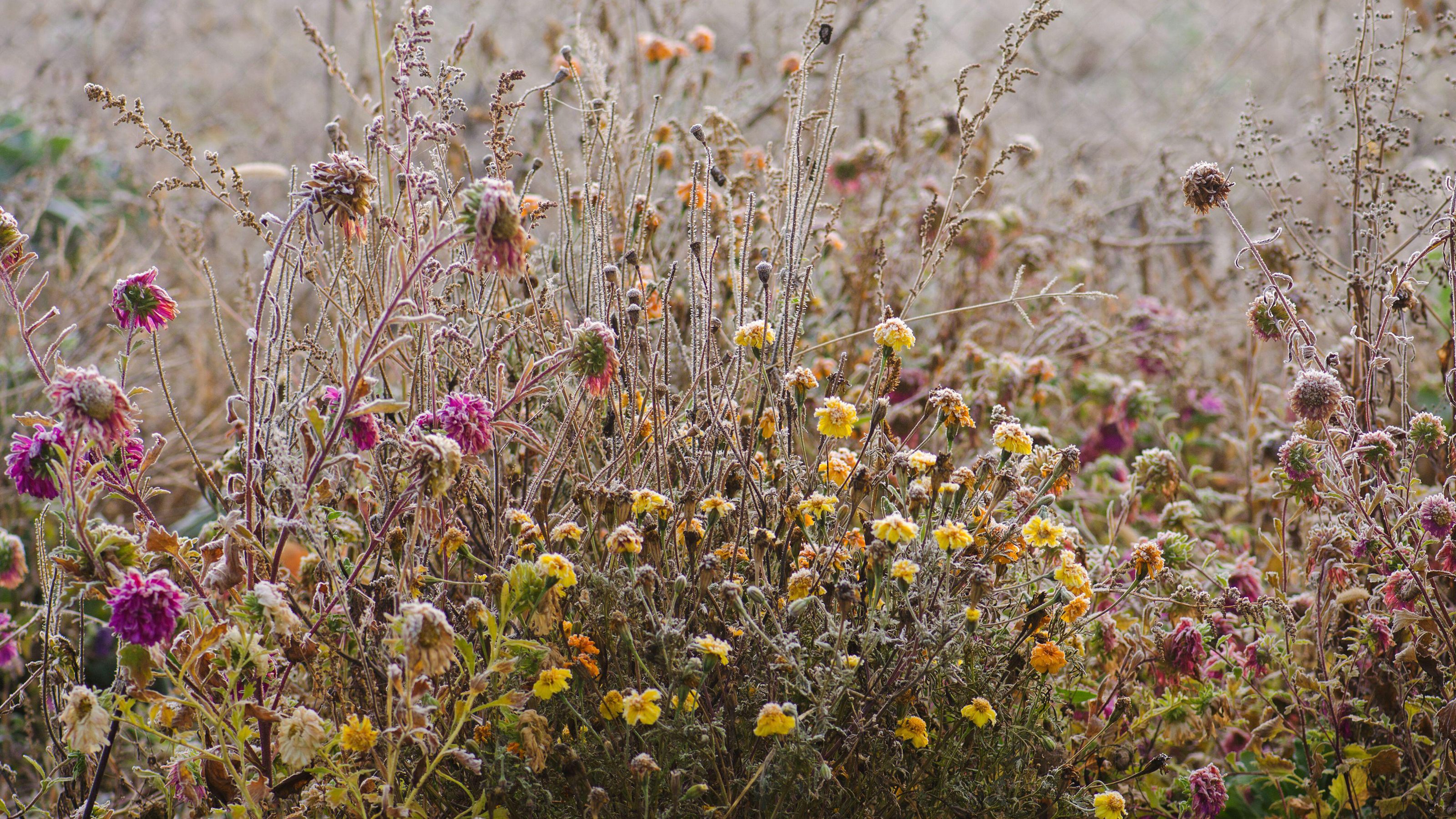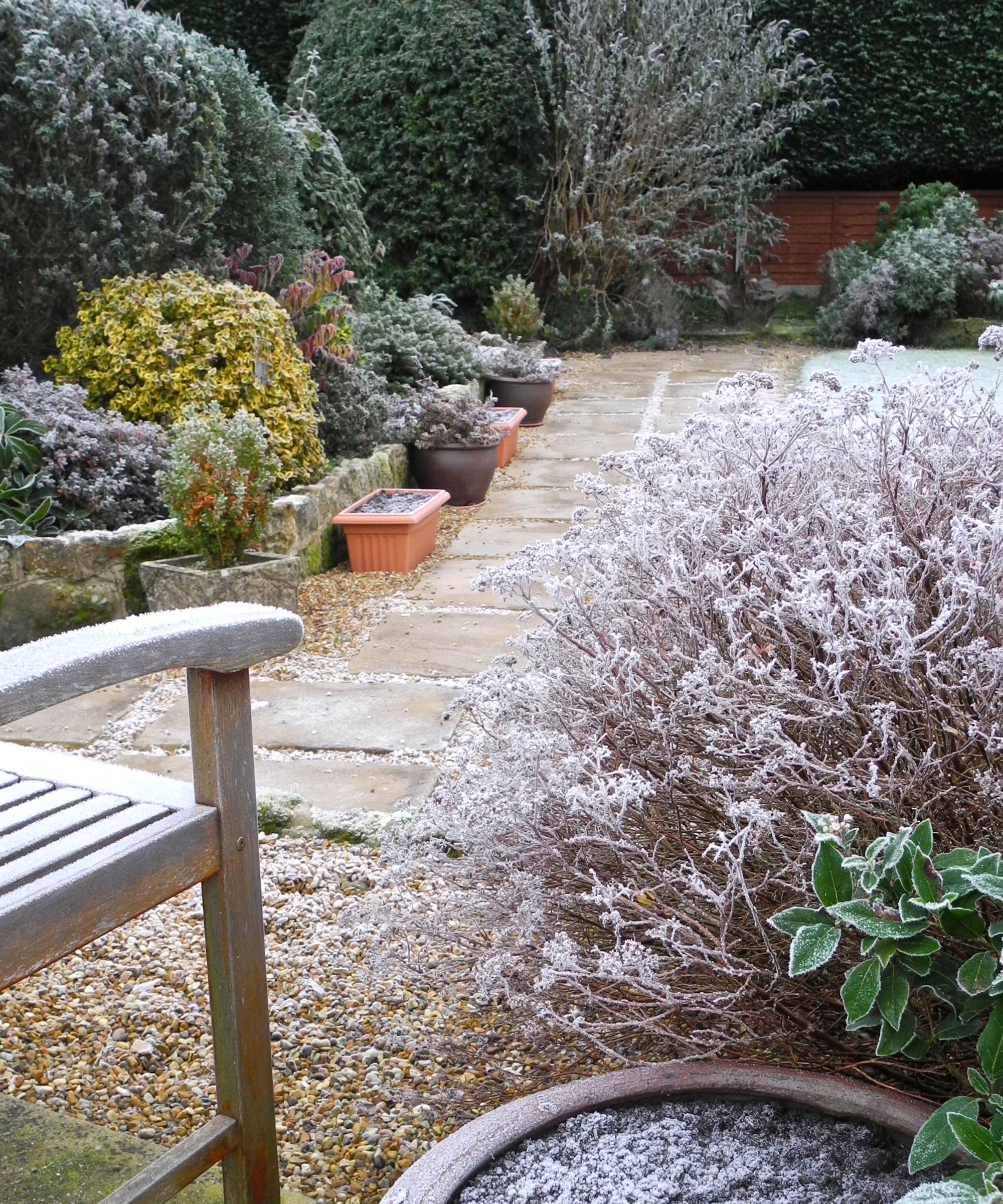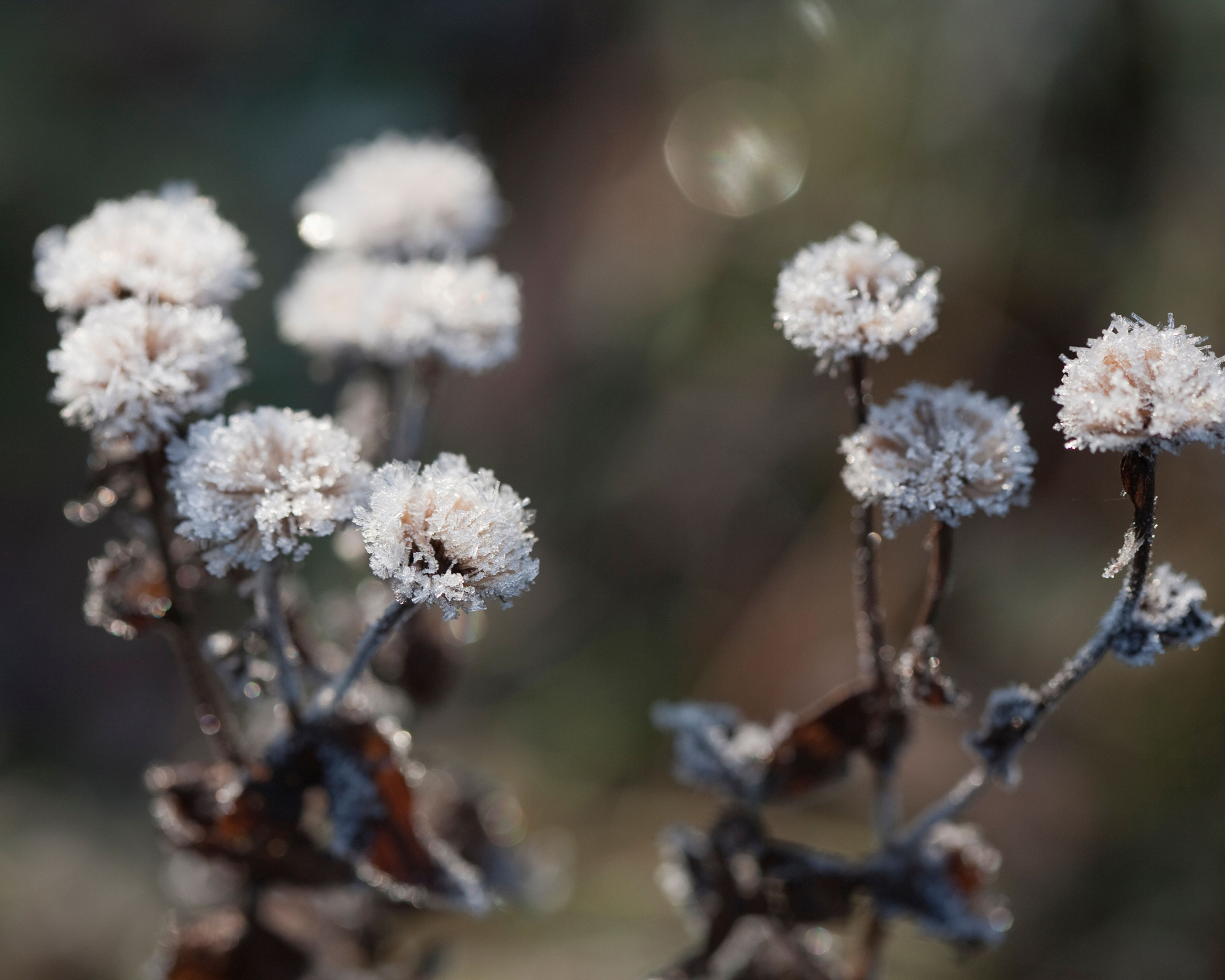David Domoney shares his top tip for preventing frost pockets – and damage to your plants
Frost pockets can kill off many of your garden plants; fortunately, there's an easy way to minimize their impact

Frost pockets are common in all gardens in colder climate zones, and they can be a problem for plants that don't tolerate frost so well. Fortunately, expert gardener and writer David Domoney has a simple tip for preventing or reducing frost pockets in your backyard that any gardener can use.
Learning how to protect plants from frost isn't all about covering them. Making subtle changes in your garden can also help.

What are frost pockets?
In his blog, David explains that frost pockets 'are usually found where there are dips in the garden, so called because they allow cold air to collect at the bottom.' Although some plants can cope with them without a problem – Brussels sprouts famously taste sweeter if exposed to frost – other plants really don't tolerate them well and can die.
How do you know if your garden is prone to frost pockets? David explains that 'a pool of ground-level morning mist, when other areas have cleared, is usually a sign of one.' If you live next to a hill, you're likely prone to them as well, because 'cold air collects on trees, sinks to the ground, then flows down the hill. It then collects in the low points of yours and your neighbors’ gardens.'
David Domoney's top tip for preventing frost pockets

Fortunately, there's a way you can prevent frost pockets from forming in your garden, or at least minimize their impact if they do. They key, according to David, is paying attention to your garden boundaries. He explains that 'fences, walls, and solid hedges near or around those dips can cause more extreme frost pockets.'
The solution? 'Making a few gaps at the lowest point of those barriers should allow the cold air to drain away and hopefully either completely remove the frost pocket issue or at least lessen its impact,' he says.
In other words, you want to make sure that your garden boundary is permeable. In the short-term, simply removing a fence panel will do the job. In the longer term, when you're exploring new garden fence ideas, it's a good idea to look for designs that aren't completely solid and allow cold air to drain away from any dips in your garden.
Anna writes about interior design and gardening. Her work has appeared in Homes & Gardens, Livingetc, and many other publications. She is an experienced outdoor and indoor gardener and has a passion for growing roses and Japanese maples in her outside space.
